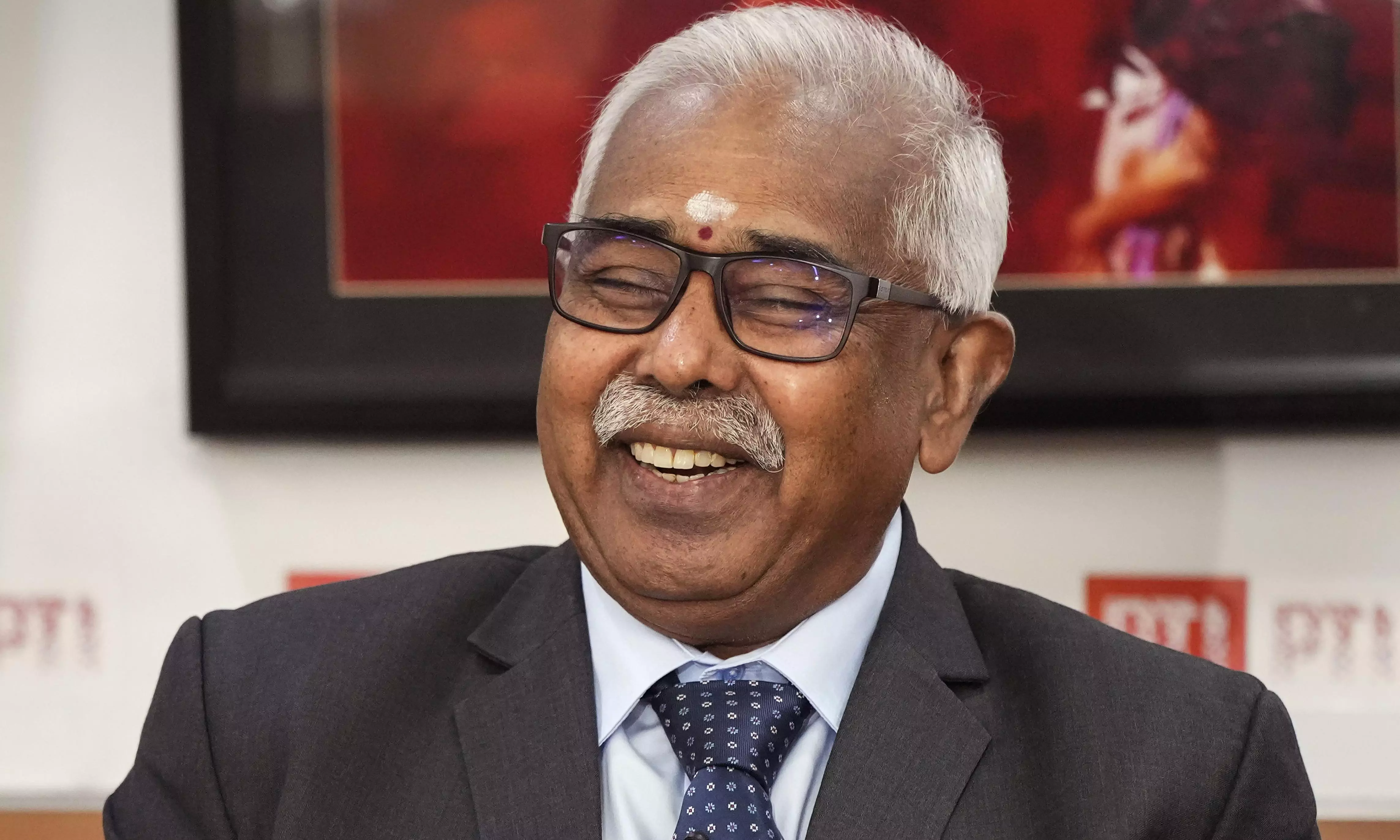Interview | Violence Against Doctors Is All-Pervading: IMA Chief

Indian Medical Association (IMA) president Dr R.V. Asokan on Monday voiced concerns over the Central government’s failure to address the growing violence against doctors. He said there is no protection for doctors at hospitals located in villages, sub-districts (mandals) and towns, where much of the violence happens.
In an exclusive interview with Deccan Chronicle, he expressed his disappointment with the government’s lack of response to doctors’ demands for a central protection law in the aftermath of the R.G. Kar Medical College movement and talked about legalisation of prenatal sex determination.
Excerpts:
Q. What are your views on the central protection law that the doctors are demanding after the R G Kar movement?
There is a disappointment with the central government as they are consistently refusing to see the reality. The interventions of the Supreme Court will help with the security issues in large hospitals. However, what about the peripheries? Much of the violence happens in the periphery such as sub-districts, towns, where there is no protection. It's difficult to have security at a small nursing home and individual clinics. The Central law will help us look into that.
Last year, after a doctor was killed in Kerala, the state government enacted a strong law. Since then, the incidents of violence at hospitals have come down. Similarly, if we have a uniform law across the country, changes will come. Though the Union health ministry proposed a law in 2019, it did not reach Parliament. Amendments were made to the Epidemic Diseases Act during the Covid pandemic to protect doctors. Now to say that these changes were applicable only during the Covid pandemic and cannot be applied in the normal times, is not the right approach.
Q. Has IMA tried to talk with the central government on this issue?
IMA has been pressing for an action but has only met with resistance. The central government consistently refuses to acknowledge the violence that doctors face, citing law and order as a state subject. But they bypassed this in the past with the Clinical Establishments Act. Why can’t they do the same now?
Q. How do you view the discussions among the Supreme Court-constituted task force?
The Supreme Court’s task force on doctor safety has received over 8,000 recommendations. These interventions might help large hospitals, but individual doctors in remote areas remain unprotected. The violence in government hospitals is equal to any private sector. Only the for-profit corporate hospitals have less incidents of violence because of a built-in security setup.
Q. What recommendations would you give for hospitals exposed to more violence?
It is a complex phenomenon that requires systemic changes, starting with increased investment in healthcare. Violence is a symptom of a larger disease — underfunded public healthcare. The government needs to invest in public hospitals, recruit more healthcare personnel, and improve infrastructure. Without this, violence will continue. Accessibility to quality healthcare is less. In the for-profit sector, the out of pocket expenditure is high and is also one of the reasons for violence. It cannot be stopped by applying a plaster of a central law or installing CCTV.
Q. The government provides heavy subsidised medical education but how many of the medical students end up in government services?
The problem is that despite there being state public service commissions, no new recruitments of doctors on permanent posts are being done. This is the case with most of the states. The parallel National Health Mission is a way to keep the system running on temporary doctors and nurses on paltry salaries. Moreover, postgraduate students are treated as government employees. They are being forced to shoulder the entire burden of healthcare, by doing 36-hour shifts at a stretch and in abysmal conditions. While the burden has increased, the human resources have gone down.
Q. You have advocated for legalisation of prenatal sex determination of babies. Will this not undo decades of work done to improve sex ratio in the country and in changing social norms?
I agree that the girl child should be protected and the PCPNDT Act has to stay. But the strategy has to change. For 30 years, the law has shown too little. The cost-benefit ratio is very less. It has produced a lot of harassment for doctors across the country. Since several techniques are available now, the issue of sex determination has produced a lot of stress for doctors. We can detect the sex of the child before the birth and follow that child till delivery. If some mischief occurs in between, you can hold everyone responsible. Right now, the burden and the pain of this law is borne only by the doctors. Even legal ultrasound services are also being harassed to an unbearable extent.
Q. How do you view the West Bengal government's handling of RG Kar the issue?
The entire medical education system is in a rotten state. The exploitation is on the poor medical students. But when an incident reveals more things rather than the incident itself, it is not adequate only to attend to the symptoms but the entire disease.

